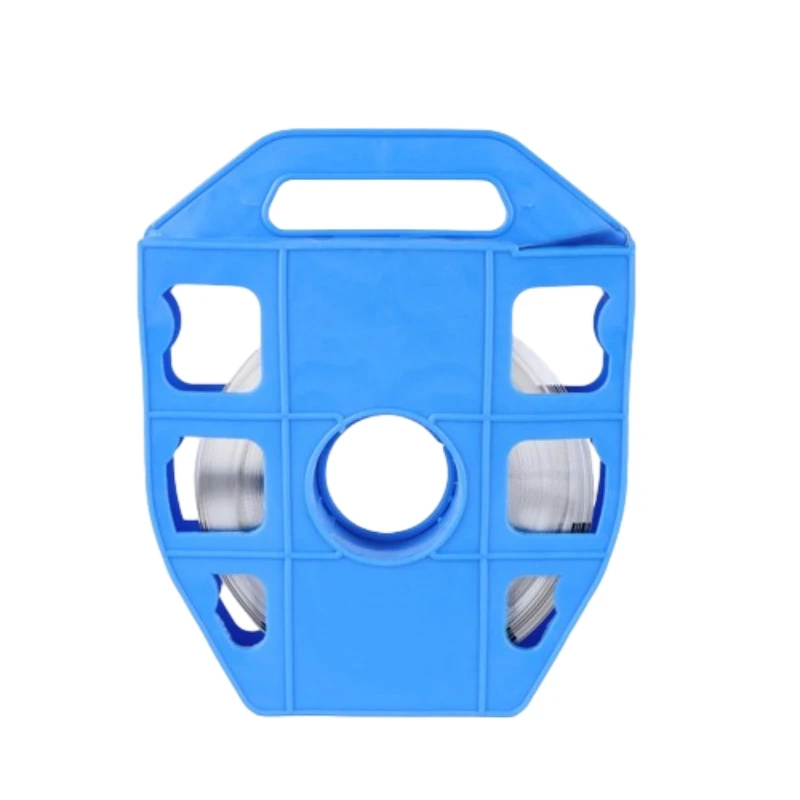
-
 Afrikaans
Afrikaans -
 Albanian
Albanian -
 Amharic
Amharic -
 Arabic
Arabic -
 Armenian
Armenian -
 Azerbaijani
Azerbaijani -
 Basque
Basque -
 Belarusian
Belarusian -
 Bengali
Bengali -
 Bosnian
Bosnian -
 Bulgarian
Bulgarian -
 Catalan
Catalan -
 Cebuano
Cebuano -
 Corsican
Corsican -
 Croatian
Croatian -
 Czech
Czech -
 Danish
Danish -
 Dutch
Dutch -
 English
English -
 Esperanto
Esperanto -
 Estonian
Estonian -
 Finnish
Finnish -
 French
French -
 Frisian
Frisian -
 Galician
Galician -
 Georgian
Georgian -
 German
German -
 Greek
Greek -
 Gujarati
Gujarati -
 Haitian Creole
Haitian Creole -
 hausa
hausa -
 hawaiian
hawaiian -
 Hebrew
Hebrew -
 Hindi
Hindi -
 Miao
Miao -
 Hungarian
Hungarian -
 Icelandic
Icelandic -
 igbo
igbo -
 Indonesian
Indonesian -
 irish
irish -
 Italian
Italian -
 Japanese
Japanese -
 Javanese
Javanese -
 Kannada
Kannada -
 kazakh
kazakh -
 Khmer
Khmer -
 Rwandese
Rwandese -
 Korean
Korean -
 Kurdish
Kurdish -
 Kyrgyz
Kyrgyz -
 Lao
Lao -
 Latin
Latin -
 Latvian
Latvian -
 Lithuanian
Lithuanian -
 Luxembourgish
Luxembourgish -
 Macedonian
Macedonian -
 Malgashi
Malgashi -
 Malay
Malay -
 Malayalam
Malayalam -
 Maltese
Maltese -
 Maori
Maori -
 Marathi
Marathi -
 Mongolian
Mongolian -
 Myanmar
Myanmar -
 Nepali
Nepali -
 Norwegian
Norwegian -
 Norwegian
Norwegian -
 Occitan
Occitan -
 Pashto
Pashto -
 Persian
Persian -
 Polish
Polish -
 Portuguese
Portuguese -
 Punjabi
Punjabi -
 Romanian
Romanian -
 Russian
Russian -
 Samoan
Samoan -
 Scottish Gaelic
Scottish Gaelic -
 Serbian
Serbian -
 Sesotho
Sesotho -
 Shona
Shona -
 Sindhi
Sindhi -
 Sinhala
Sinhala -
 Slovak
Slovak -
 Slovenian
Slovenian -
 Somali
Somali -
 Spanish
Spanish -
 Sundanese
Sundanese -
 Swahili
Swahili -
 Swedish
Swedish -
 Tagalog
Tagalog -
 Tajik
Tajik -
 Tamil
Tamil -
 Tatar
Tatar -
 Telugu
Telugu -
 Thai
Thai -
 Turkish
Turkish -
 Turkmen
Turkmen -
 Ukrainian
Ukrainian -
 Urdu
Urdu -
 Uighur
Uighur -
 Uzbek
Uzbek -
 Vietnamese
Vietnamese -
 Welsh
Welsh -
 Bantu
Bantu -
 Yiddish
Yiddish -
 Yoruba
Yoruba -
 Zulu
Zulu


Dec . 15, 2024 03:20 Back to list
Heavy-duty shackles for robust connections and secure load handling solutions
The Concept of Large D Shackles A Deep Dive into Their Purpose and Applications
In the world of rigging and heavy lifting, large D shackles are indispensable tools that serve a vital role in securing loads and ensuring safety. Characterized by their distinctive 'D' shape, these shackles are designed to handle significant amounts of weight and are commonly used in a variety of industries including construction, maritime, and manufacturing.
Understanding the Design
The design of large D shackles is both simple and effective. The body of the shackle is typically made from high-strength materials such as forged steel, which gives it the durability required for heavy-duty applications. The symmetrical shape allows for even distribution of load, minimizing the risk of failure. The pin within the shackle can either be threaded or captive, ensuring that it can be securely tightened while also allowing for ease of use when it comes to connecting and disconnecting rigging equipment.
Applications Across Industries
Large D shackles find their applications across a myriad of industries. In the construction sector, they are used to connect lifting slings and chains to cranes and hoists, facilitating the safe lifting of heavy materials such as steel beams and concrete panels. The maritime industry relies heavily on these shackles for mooring and towing vessels, ensuring that they remain securely fastened even in turbulent conditions.
Furthermore, large D shackles are essential in the manufacturing sector, particularly in assembly lines where heavy components must be lifted and maneuvered. Their design allows them to handle dynamic loads, making them suitable for both static and moving applications.
large d shackles

Safety Considerations
Safety is paramount when using large D shackles, as improper use can lead to catastrophic failures. It is critical to select the correct size and load rating for the specific application. Overloading a shackle can cause it to deform or break, potentially causing injury or significant property damage.
Regular inspection of shackles is also necessary to ensure their structural integrity. Wear and tear, corrosion, or deformation can compromise their effectiveness, so it is essential for operators to routinely check for signs of damage. Whenever a shackle is used, it should be done in combination with proper lifting techniques and equipment to promote maximum safety.
Innovations and Developments
With advancements in technology, the design of large D shackles has evolved to enhance their functionality. For instance, some modern shackles now include features such as quick-release mechanisms, which enable faster rigging and de-rigging processes. There has also been a push towards creating shackles made from lighter materials without compromising strength, which reduces the overall weight of rigging setups and enhances worker ergonomics.
Conclusion
In summary, large D shackles are critical components in the realm of lifting and rigging. Their unique design allows them to handle significant loads and provide a reliable means of securing and connecting heavy items across various industries. As safety considerations continue to evolve and technology advances, the future of large D shackles will likely bring further innovations aimed at improving performance and ensuring the safety of all who rely on them. Whether in construction, maritime operations, or manufacturing, large D shackles remain steadfast pillars of the heavy lifting ecosystem, embodying strength, reliability, and safety.
Latest news
What Are Construction Tools and How Are They Used?
NewsJul.11,2025
Professional-Grade Duct Rodding Tools for Superior Cable Installation
NewsJul.11,2025
Enhancing Safety and Efficiency with Modern Hot Stick Solutions
NewsJul.11,2025
Empowering Cable Installation with Advanced Rodder Solutions
NewsJul.11,2025
Elevate Your Cable Installation Projects with Cable Pulling Tools
NewsJul.11,2025
Efficient Cable Handling Solutions: Cable Rollers for Sale
NewsJul.11,2025











